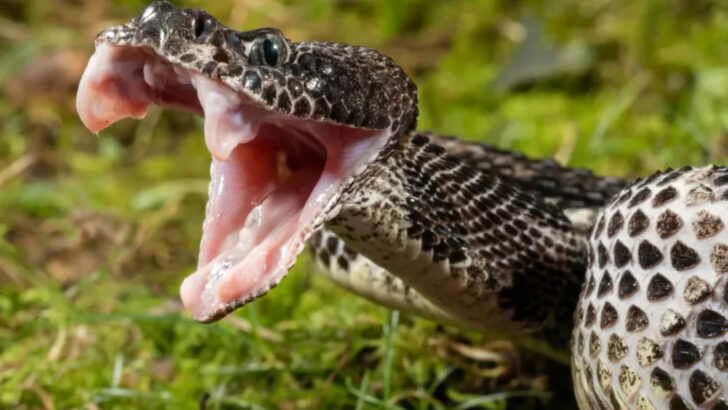Venomous snakes are lurking in the wild across the United States, and some states are home to more of these dangerous reptiles than others. From the swamps of Florida to the deserts of Arizona, these slithering creatures strike fear into the hearts of those who cross their paths.
But don’t be fooled—these snakes play a vital role in the ecosystem, controlling rodent populations and maintaining balance. Still, knowing where they thrive is essential if you plan on venturing into the great outdoors.
In this post, we’ll explore the 22 states with the highest populations of venomous snakes. Whether you’re a hiker, camper, or wildlife enthusiast, understanding where these snakes live and what makes them unique is key to staying safe and respecting their natural habitat.
Get ready to learn where to tread carefully—and where to keep your eyes peeled!
Texas
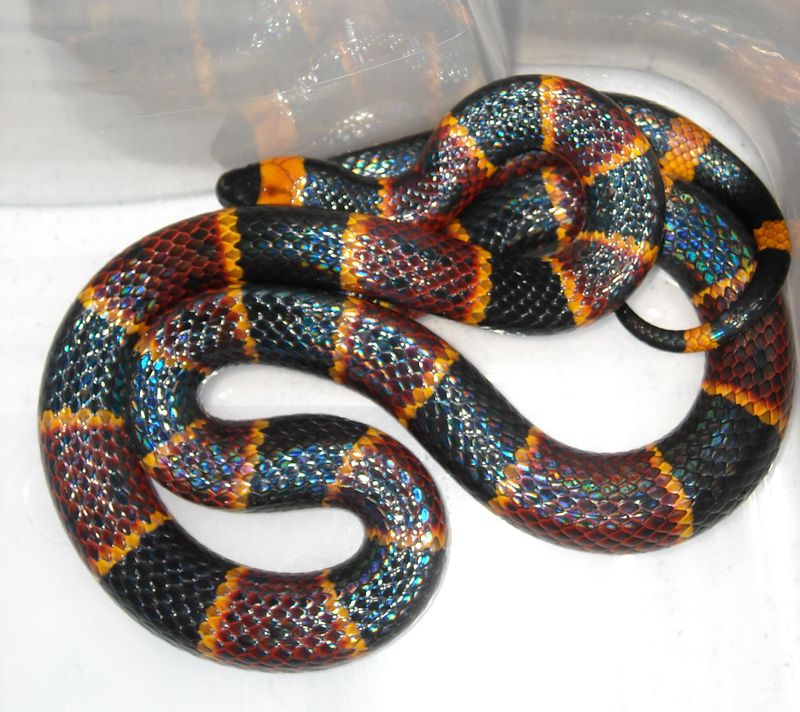
Texas is renowned for its vast landscapes and diverse wildlife, including a high population of venomous snakes. The western diamondback rattlesnake, cottonmouth, and copperhead are some common species. These snakes thrive in Texas’s varied habitats, from arid deserts to lush forests.
The warm climate provides an ideal environment for these reptiles. Visitors and residents should remain vigilant, especially in rural and wilderness areas.
Understanding snake behavior and habitat is crucial for safety. While encounters are rare, awareness can prevent unwanted surprises.
Florida
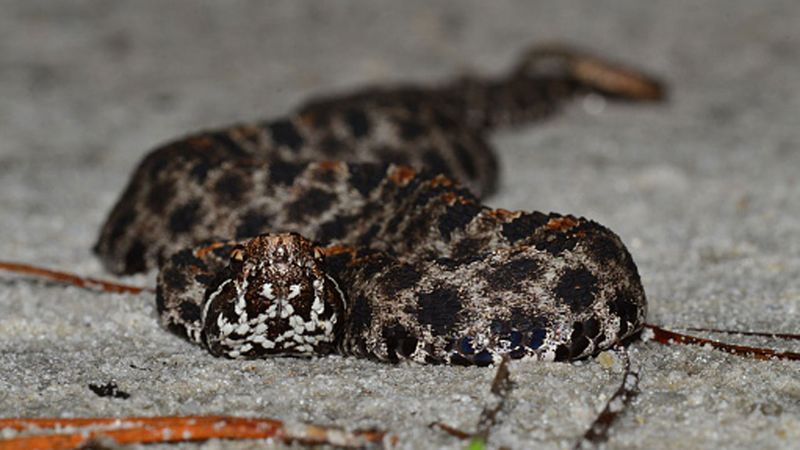
Florida’s humid climate and extensive wetlands make it a haven for venomous snakes. The state is home to several species, including the eastern diamondback rattlesnake and water moccasin.
These snakes are commonly found in swamps, marshes, and forests, where they play a crucial role in the ecosystem. Florida’s unique biodiversity supports a wide array of snake species.
Residents and tourists are advised to exercise caution near water bodies and dense vegetation, respecting the natural habitats of these reptiles.
Arizona
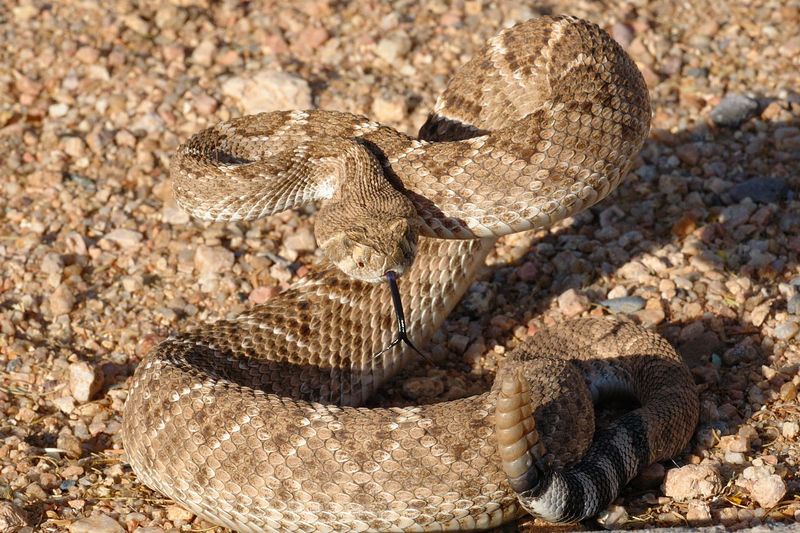
Arizona is famous for its desert landscapes and the venomous snakes that inhabit them. The state hosts several species, including the sidewinder and Mojave rattlesnakes.
These snakes are well adapted to the harsh desert climate, navigating the sand with ease. Arizona’s arid environment provides these snakes with ample hunting grounds.
Caution is advised when hiking or exploring remote areas, as snake encounters can occur. Awareness of surroundings and snake behavior can enhance safety.
Georgia
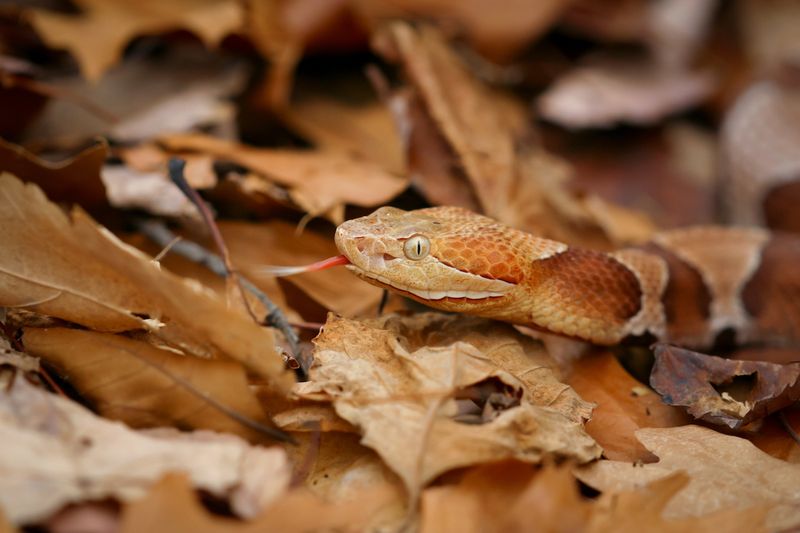
Georgia’s diverse ecosystems, ranging from mountains to coastal plains, support a variety of venomous snakes. Species like the copperhead and timber rattlesnake are prevalent.
These snakes are often found in wooded areas and near water sources, thriving in the state’s moderate climate. Georgia’s rich natural environments are ideal for snake habitation.
While enjoying outdoor activities, awareness and respect for wildlife can mitigate risks. Understanding snake behavior is key to avoiding unnecessary encounters.
South Carolina
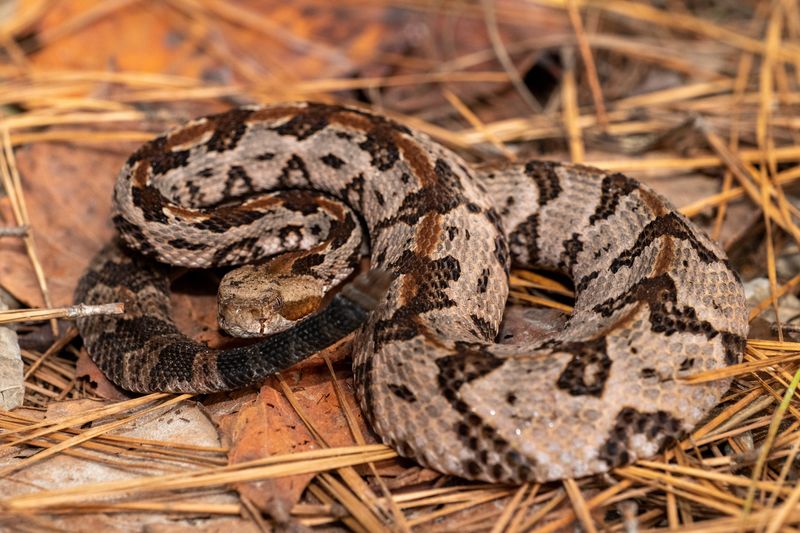
South Carolina is home to several venomous snake species, including the copperhead and rattlesnakes. These snakes inhabit the state’s diverse landscapes, from wetlands to upland forests.
The warm, humid climate of South Carolina supports a thriving snake population. These reptiles play a significant role in controlling the rodent population.
Outdoor enthusiasts should be cautious when exploring natural areas, ensuring they’re educated about local wildlife and snake behavior.
North Carolina
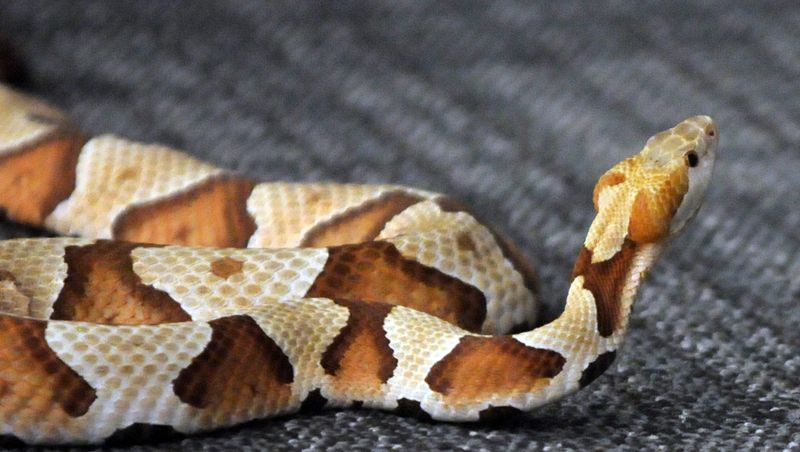
North Carolina’s varied terrain, from coastal areas to mountains, provides habitats for numerous venomous snakes. The cottonmouth and eastern diamondback rattlesnake are notable species.
These snakes are adapted to the state’s diverse climates, often found in wetlands and forests. North Carolina’s natural beauty is complemented by its rich wildlife.
Visitors should stay vigilant in areas where these snakes dwell, fostering an understanding and respect for their ecological role.
Alabama
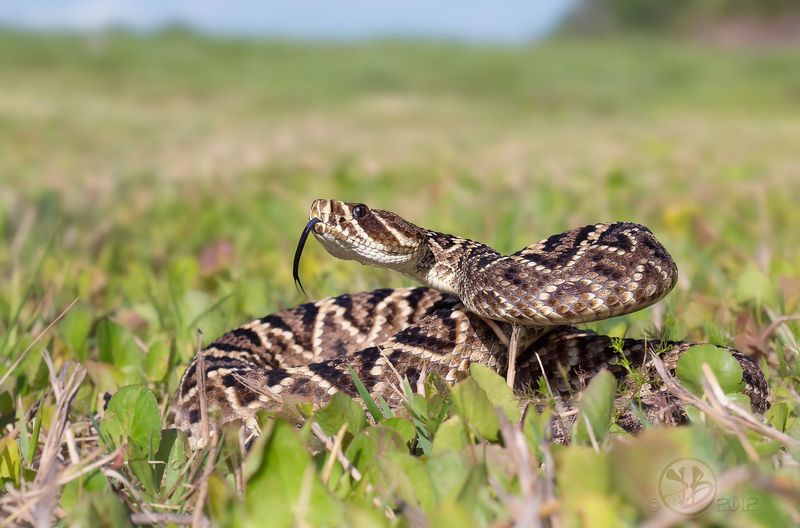
Alabama’s warm climate and varied landscapes make it a hotspot for venomous snakes such as the eastern coral and cottonmouth. These snakes are integral to the state’s natural ecosystem, controlling pests and balancing prey populations.
Alabama’s forests, swamps, and rivers offer ideal habitats for these reptiles. Awareness and education about snake behavior can enhance safety during outdoor activities.
Recognizing the beauty and necessity of these creatures fosters a greater appreciation for Alabama’s biodiversity.
Mississippi
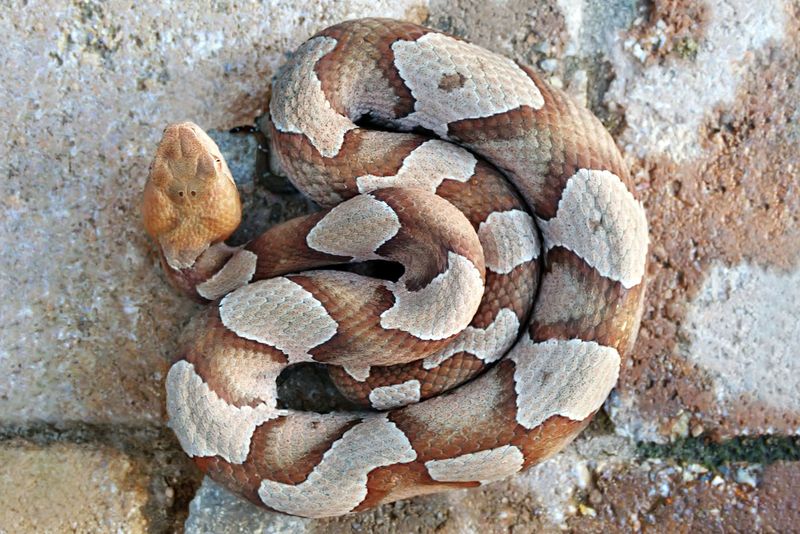
Mississippi is abundant in natural resources and wildlife, including a significant number of venomous snakes like the cottonmouth and copperhead. The state’s wetlands and forests provide perfect environments for these species.
These snakes contribute to controlling the rodent population, playing an essential role in the ecosystem. Outdoor activities should be approached with caution, especially in areas known for snake presence.
Education about local wildlife is vital for ensuring safe and enjoyable experiences in Mississippi’s natural habitats.
Louisiana
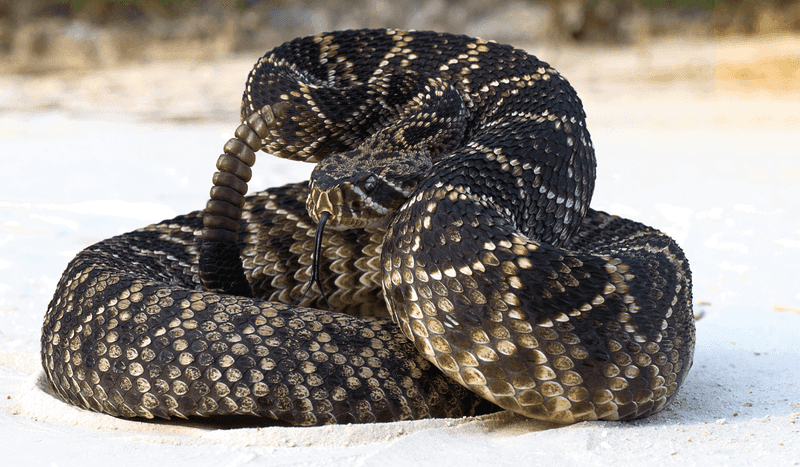
Louisiana’s bayous and wetlands are home to a variety of venomous snakes, including the cottonmouth and eastern diamondback rattlesnake. These snakes thrive in the state’s humid, swampy areas.
The rich biodiversity of Louisiana supports these reptiles, which help maintain ecological balance. Visitors and locals should exercise caution in areas like swamps and dense forests.
Knowledge of snake habitats and behavior enhances safety and appreciation for Louisiana’s unique wildlife.
Oklahoma
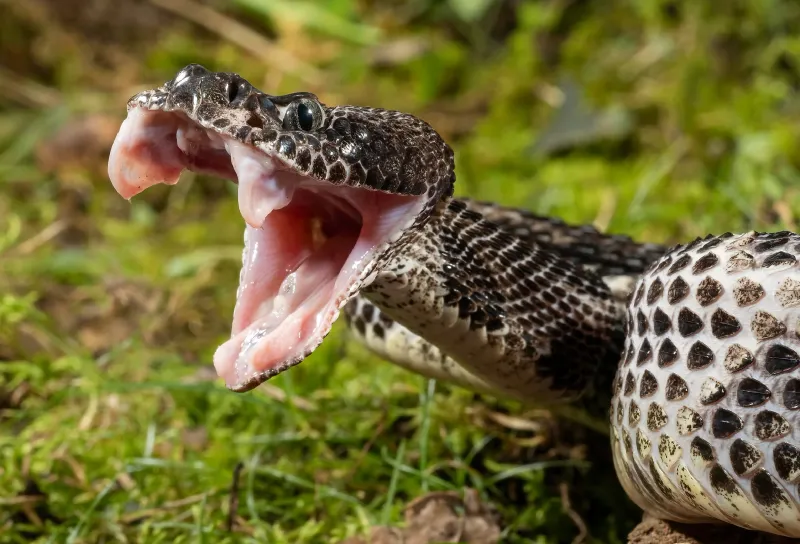
Oklahoma features a variety of landscapes, from prairies to forests, supporting several venomous snake species such as the prairie rattlesnake.
These snakes are well adapted to the state’s climate, often found in grasslands and rocky areas. Oklahoma’s natural beauty is enriched by its diverse wildlife.
Hikers and outdoor lovers should be aware of their surroundings and educated about local snakes to ensure safety. Understanding snake behavior is key to avoiding encounters.
Tennessee
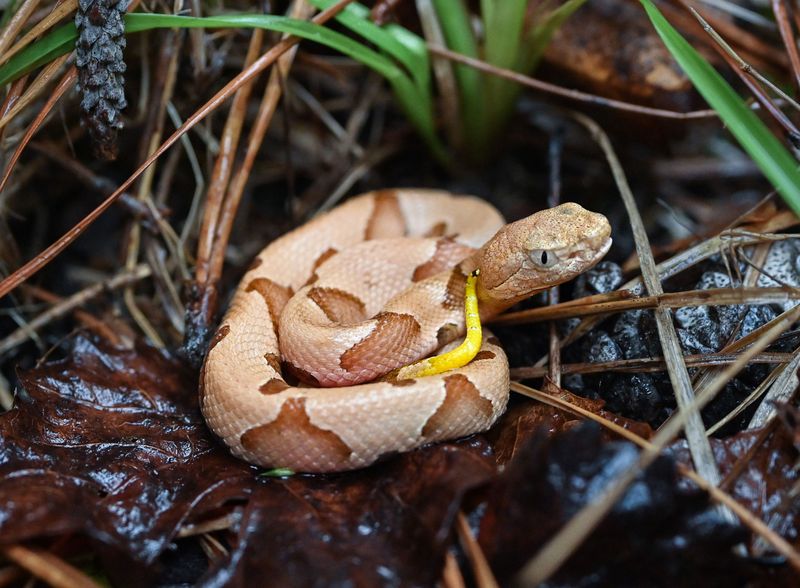
Tennessee’s lush landscapes, including forests and mountains, are home to venomous snakes like the timber rattlesnake and copperhead.
These snakes are an integral part of the ecosystem, helping control the population of small mammals. Tennessee’s diverse habitats provide ample space for these snakes to thrive.
Caution is advised during outdoor exploration, especially in areas where snakes are common. Learning about these reptiles enhances both safety and enjoyment of natural experiences.
Virginia
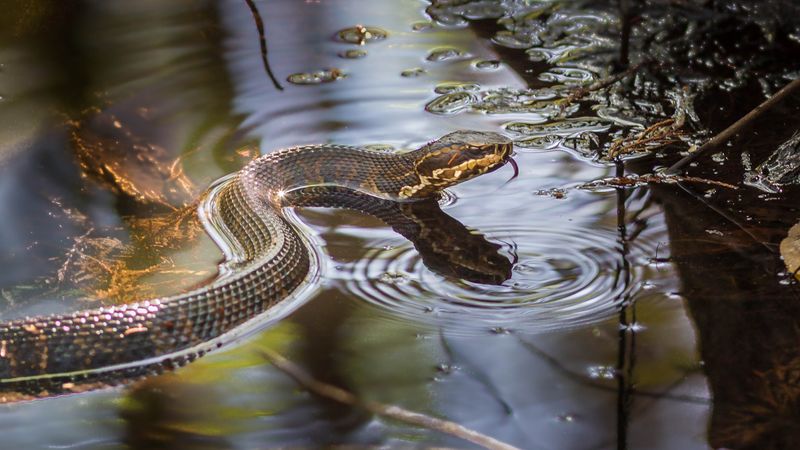
Virginia’s varied geography, from coastal areas to mountainous regions, supports a range of venomous snakes including the copperhead and eastern cottonmouth.
These snakes are native to the state’s forests and wetlands, contributing to the balance of the ecosystem. Virginia’s picturesque landscapes are enhanced by its wildlife diversity.
Outdoor enthusiasts should approach natural habitats with respect and awareness, ensuring a safe experience by understanding snake behavior.
Missouri
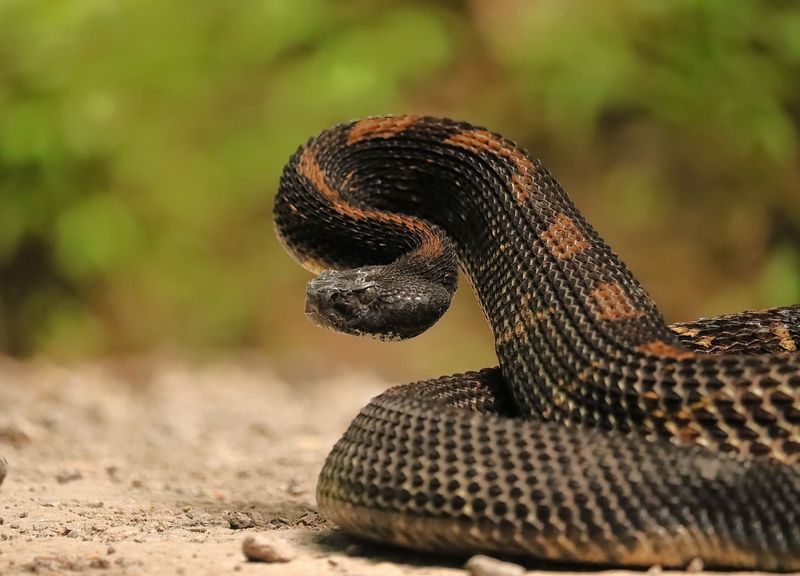
Missouri’s natural environments, including forests and riverbanks, are inhabited by venomous snakes such as the timber rattlesnake. These snakes play a vital role in controlling rodent populations.
Missouri provides the perfect climate and habitat for these reptiles, supporting a rich biodiversity. Hikers and nature lovers should remain vigilant in known snake habitats.
Educating oneself about snake presence and behavior enhances safety while enjoying the state’s beautiful landscapes.
Arkansas
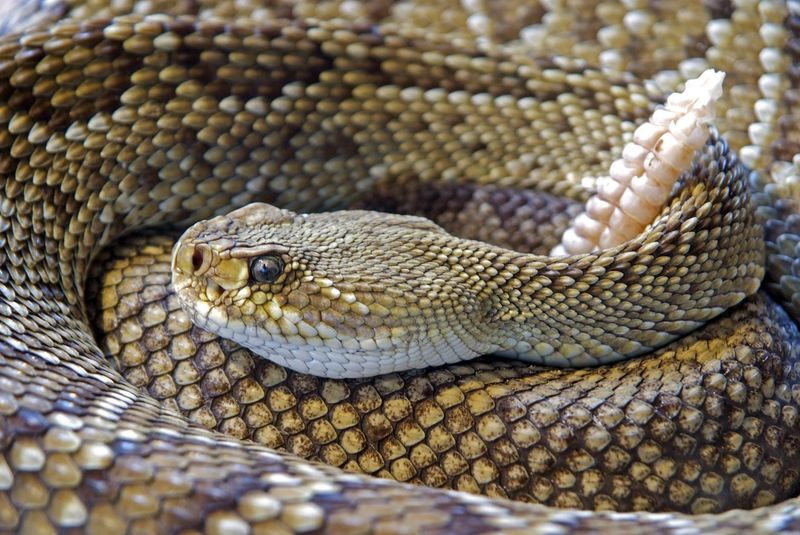
Arkansas’ diverse topography, from mountains to wetlands, is home to several venomous snakes like the cottonmouth and copperhead. The state’s natural habitats allow these snakes to thrive.
Understanding the significance of these reptiles in the ecosystem is crucial for maintaining balance. Outdoor activities should be conducted with caution in areas known for snake presence.
Recognizing snake habitats and behavior increases safety and enriches the appreciation of Arkansas’ wildlife.
Kentucky
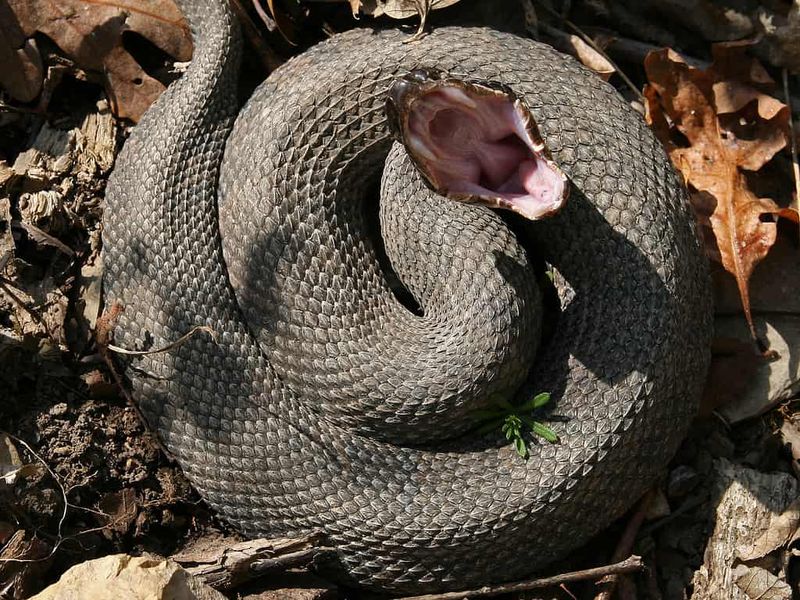
Kentucky’s rugged landscapes, including the Appalachian Mountains, host venomous snakes such as the copperhead and timber rattlesnake.
These snakes are an essential component of the state’s ecosystems, aiding in the control of small animal populations. Kentucky offers ideal conditions for these reptiles.
Outdoor explorers should practice vigilance and respect in snake-inhabited areas, ensuring safety and understanding through education about snake behavior.
West Virginia

West Virginia’s mountainous terrain provides a habitat for venomous snakes like the timber rattlesnake. These snakes are a vital part of the ecological balance, controlling rodent populations.
The state’s forests and hills create ideal environments for these reptiles. Outdoor activities require awareness and caution in known snake areas.
Education about local wildlife, including snakes, is essential for safety and a deeper appreciation of West Virginia’s natural beauty.
New Mexico
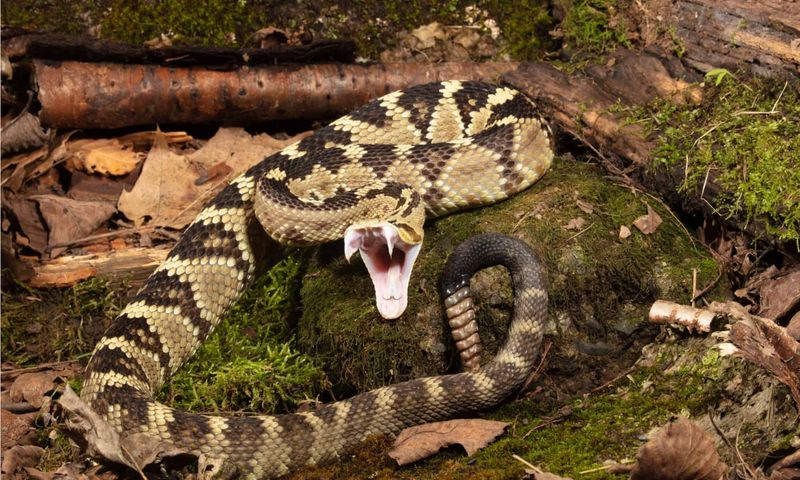
New Mexico’s arid climate and desert landscapes are home to venomous snakes such as the western diamondback and Mojave rattlesnake. These snakes are adapted to the harsh conditions, thriving in the state’s rugged terrain.
Understanding their role in the ecosystem is essential for maintaining balance. Caution is advised in areas where snakes are known to inhabit.
Knowledge of snake behavior and habitats enhances safety and appreciation for New Mexico’s diverse wildlife.
Nevada
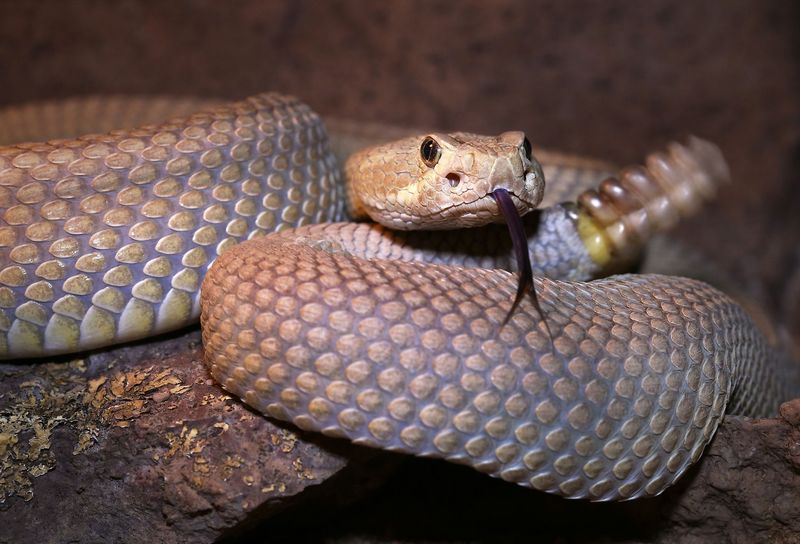
Nevada’s desert environment supports a variety of venomous snakes, including the Mojave and Great Basin rattlesnakes. These snakes are well-suited to the arid climate, finding refuge in the state’s rocky terrain.
They play a crucial role in controlling the populations of small desert mammals. Outdoor enthusiasts should remain vigilant and informed about local wildlife.
Awareness of snake behavior and habitats can prevent unwanted encounters, fostering a safer exploration of Nevada’s natural beauty.
California
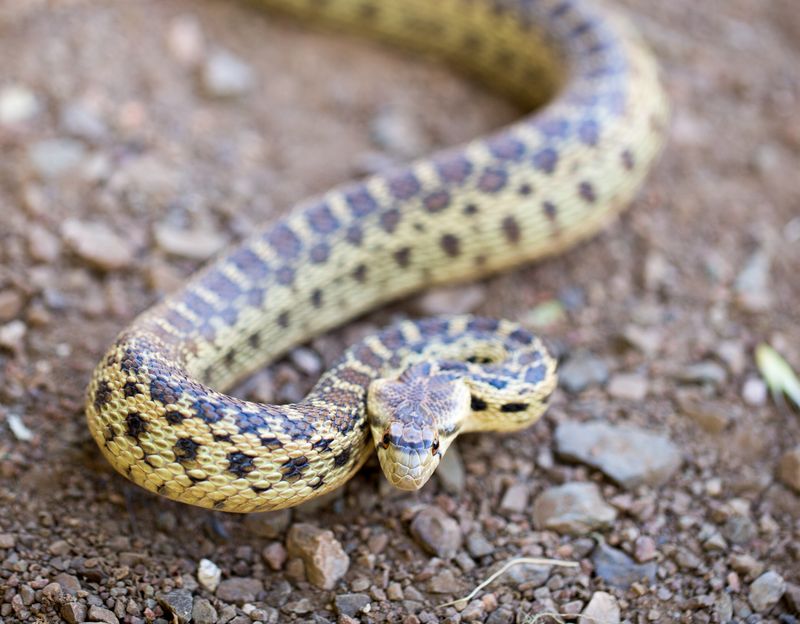
California, with its diverse climates from coastlines to deserts, hosts several venomous snakes, including the western rattlesnake. These snakes inhabit various environments, from chaparral to forests.
They are crucial for controlling rodent populations and maintaining ecological balance. Caution is recommended when exploring natural areas, especially in known snake habitats.
Educating oneself about snake behavior and habitats enhances both safety and enjoyment of California’s vast wilderness.
Utah
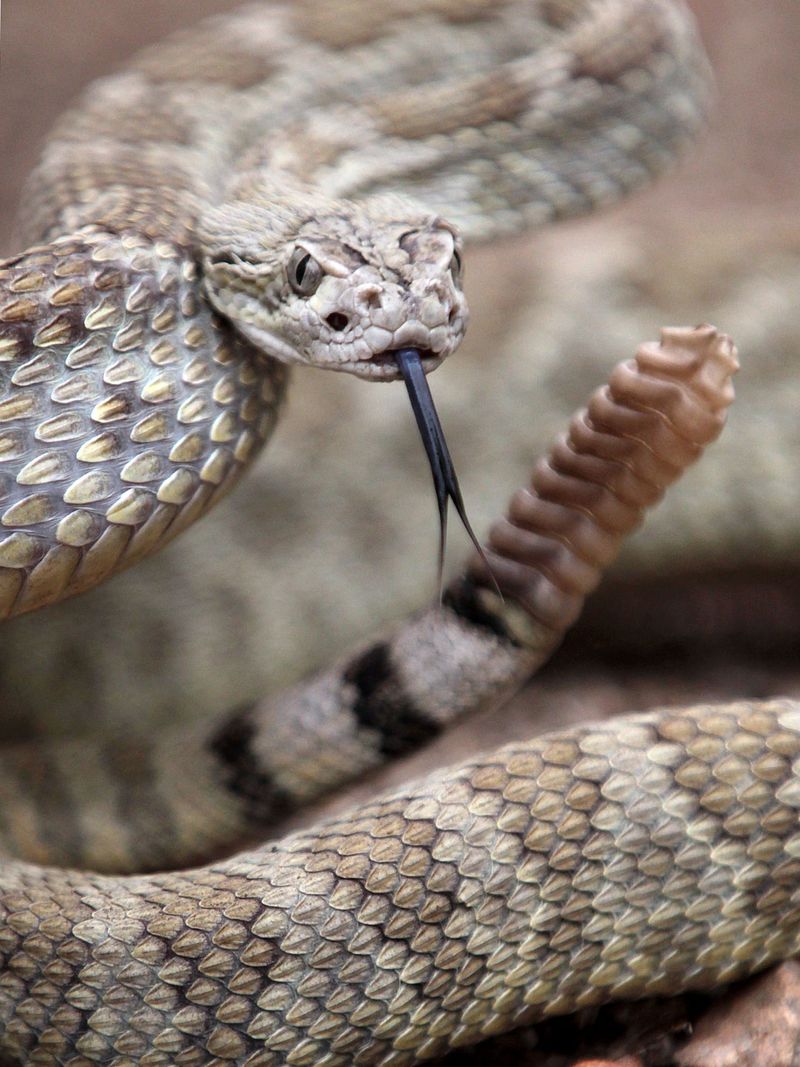
Utah’s stunning landscapes, including deserts and mountains, are home to venomous snakes like the rattlesnake. These snakes are adapted to the state’s diverse climates, finding shelter in rocky areas and open plains.
Understanding their ecological role is essential for appreciating Utah’s natural beauty. Visitors should exercise caution and respect for wildlife during outdoor adventures.
Knowledge of snake behavior and habitats can enhance safety and enrich the experience of exploring Utah’s unique environments.
Kansas
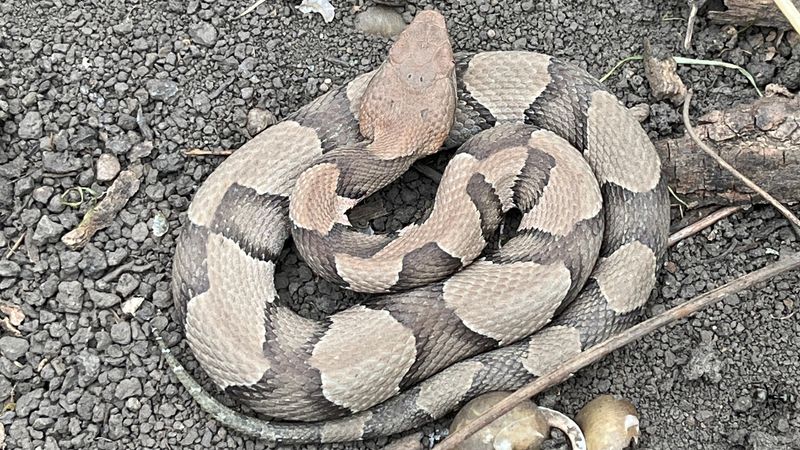
Kansas’ wide-open spaces and grasslands provide habitats for venomous snakes such as the copperhead. These snakes are adapted to the state’s temperate climate, thriving in prairies and wooded areas.
They contribute to controlling rodent populations, playing a vital role in the ecosystem. Outdoor enthusiasts should stay informed about local wildlife, ensuring a safe experience in natural habitats.
Awareness of snake presence and behavior is crucial for avoiding unwanted encounters and appreciating Kansas’ rich biodiversity.
Illinois
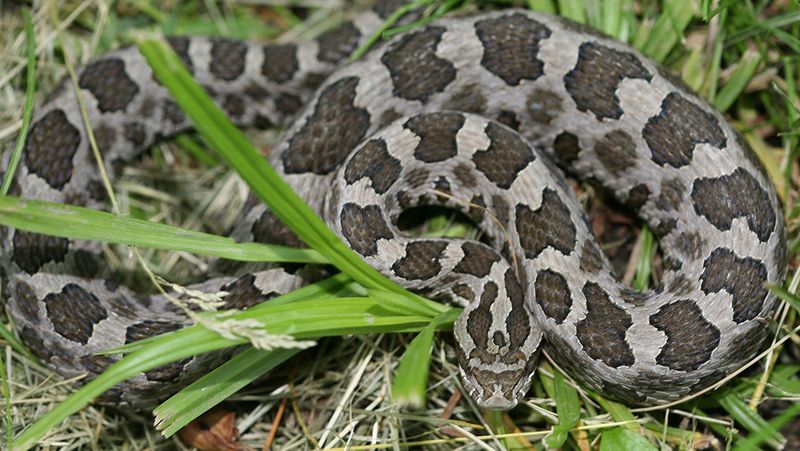
Illinois’ diverse landscapes, from wetlands to woodlands, host venomous snakes like the massasauga rattlesnake. These snakes are an integral part of the state’s ecosystems, controlling small animal populations.
Illinois provides ideal conditions for these reptiles, supporting a wide range of wildlife. Caution is advised in areas where snakes are known to inhabit.
Educating oneself about snake behavior and habitats enhances safety and appreciation for Illinois’ natural beauty.

